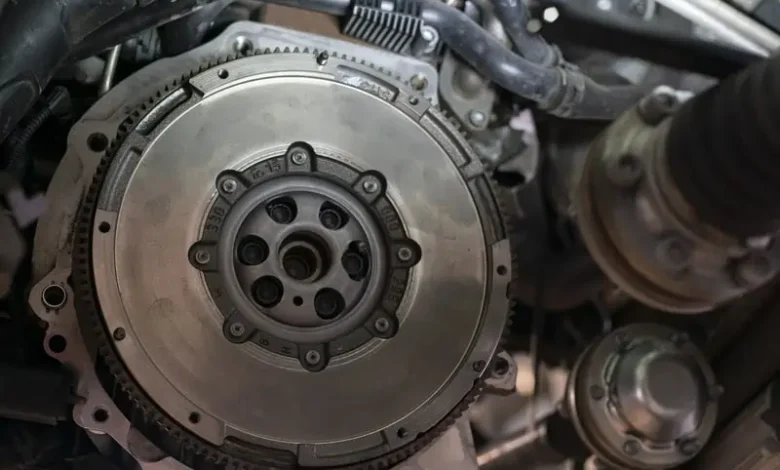Does an Automatic Transmission Have a Flywheel? Understanding the Key Differences

When discussing the inner workings of a vehicle, especially the transmission system, one common question that arises is whether an automatic transmission has a flywheel. To fully understand this topic, we need to delve into what a flywheel is, its purpose in a vehicle, and how it relates to both manual and automatic transmissions.
What Is a Flywheel?
A flywheel is a mechanical device that stores rotational energy. In the context of a vehicle, it’s a crucial component connected to the engine’s crankshaft. Its primary role is to stabilize the engine’s rotation by smoothing out the power delivery, especially during acceleratio
Flywheel in Manual Transmission
In a vehicle with a manual transmission, the flywheel plays an essential role. It serves as the connection point between the engine and the transmission. The clutch, which allows the driver to engage or disengage the transmission from the engine, is pressed against the flywheel. When the clutch is engaged, the flywheel transfers the engine’s power to the transmission, allowing the vehicle to move. When the clutch is disengaged, it separates the flywheel from the transmission, allowing the driver to change gears.
Does an Automatic Transmission Have a Flywheel?
Now, let’s get to the heart of the question: does an automatic transmission have a flywheel? The answer is a bit nuanced. Traditional automatic transmissions do not use a flywheel in the same way that manual transmissions do. Instead, they utilize a component called a flexplate.
What is a Flexplate?
A flexplate serves a similar function to a flywheel but is designed specifically for automatic transmissions. It’s a thin, flexible metal disc that connects the engine’s crankshaft to the torque converter, which is the part of an automatic transmission responsible for transmitting power from the engine to the transmission.
While the flexplate might resemble a flywheel in some respects, it’s not exactly the same. The key difference lies in the design and function. A flywheel in a manual transmission is usually a heavy, solid piece that stores kinetic energy. A flexplate, on the other hand, is lighter and more flexible, designed to accommodate the different requirements of an automatic transmission.
The Role of the Flexplate in Automatic Transmissions
The flexplate’s primary role is to connect the engine to the torque converter. The torque converter, unlike a clutch in a manual transmission, uses fluid to transfer power from the engine to the transmission. The flexplate’s design allows it to absorb minor vibrations and discrepancies between the engine and transmission, ensuring smoother operation.
Another key function of the flexplate is to provide a mounting point for the starter motor. When you start your vehicle, the starter motor engages with the teeth on the flexplate to crank the engine. This is a critical part of the vehicle’s starting process, and without it, the engine wouldn’t be able to start.
Why the Difference?
You might wonder why there’s a difference between the flywheel in a manual transmission and the flexplate in an automatic transmission. The reason lies in the fundamental differences between how these two types of transmissions operate.
In a manual transmission, the driver directly controls gear changes and the engagemen
In contrast, an automatic transmission doesn’t have a clutch in the traditional sense. Instead, it uses a torque converter, which is more efficient with a lighter, more flexible connection between the engine and transmission—hence, the use of a flexplate instead of a flywheel.









